Innovative Water Management Technique
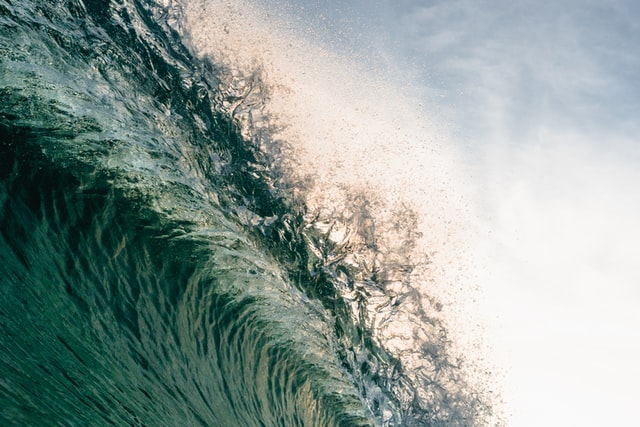
An innovative water harvesting technique was developed in Gujarat and has been successful for more than 10 years. It will be implemented globally soon. This distinctive technique is known as Bhungroo method that was developed by Biplab Paul and Tripti Jain, the couple from Ahmedabad. 181 IAS offices were appointed to undergo training in this unique method.
Bhungroo method is the result of 18 years of field experience in semi-arid and catastrophe affected areas of north Gujarat. This method was identified as one of the most inventive technologies to abolish poverty in the World Bank India development Marketplace, 2007. The method gained award from the UN as well due to its innovation and efficiency.
Bhungroo means pipelining in Gujarati. The technique helps farmers in two ways. The first thing is that the land is freed from water-logging in monsoon. And next thing is that sufficient water supply is assured for irrigation in the lean season.
Rain water that is filtered would be added to the unsaturated subsoil strata. The water thus added will be stored in the form of water lenses. The stored water can be withdrawn from the subsoil and used for irrigation in dry months. Hence, this innovative method is very helpful for farmers in improving their income from the farming land and offers food security throughout the year.
So far over 6200 poor women have benefited from 132 units of Bhungroo. Now, the central government is mulling to train IAS officers of 2015 batch on the theme of ‘Livelihood and climate change.’
These officers have worked with farmers of several states. They worked with farmers of Karnataka earlier in 2014 in association with Deshpande foundation. They are also associated with Bihar Innovation Forum. In West Bengal, they are operating with Planning Commission and in Uttar Pradesh they are functioning with minority farmers.
This innovation has gained worldwide popularity and is accepted globally in several countries. Countries like Thailand, Ghana and Liberia are implementing this technique and similar projects are being employed there.
Image credit: Photo by Matt Hardy on Unsplash (Free for commercial use)
Image Reference: https://unsplash.com/photos/t2vQ-HyQYvI



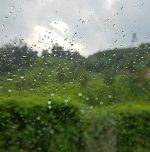
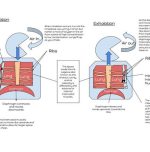
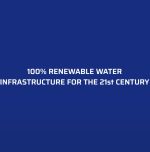
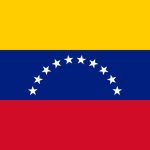


Leave a Reply